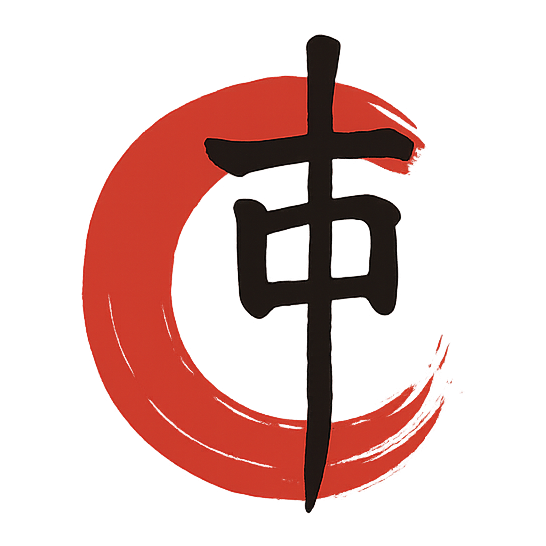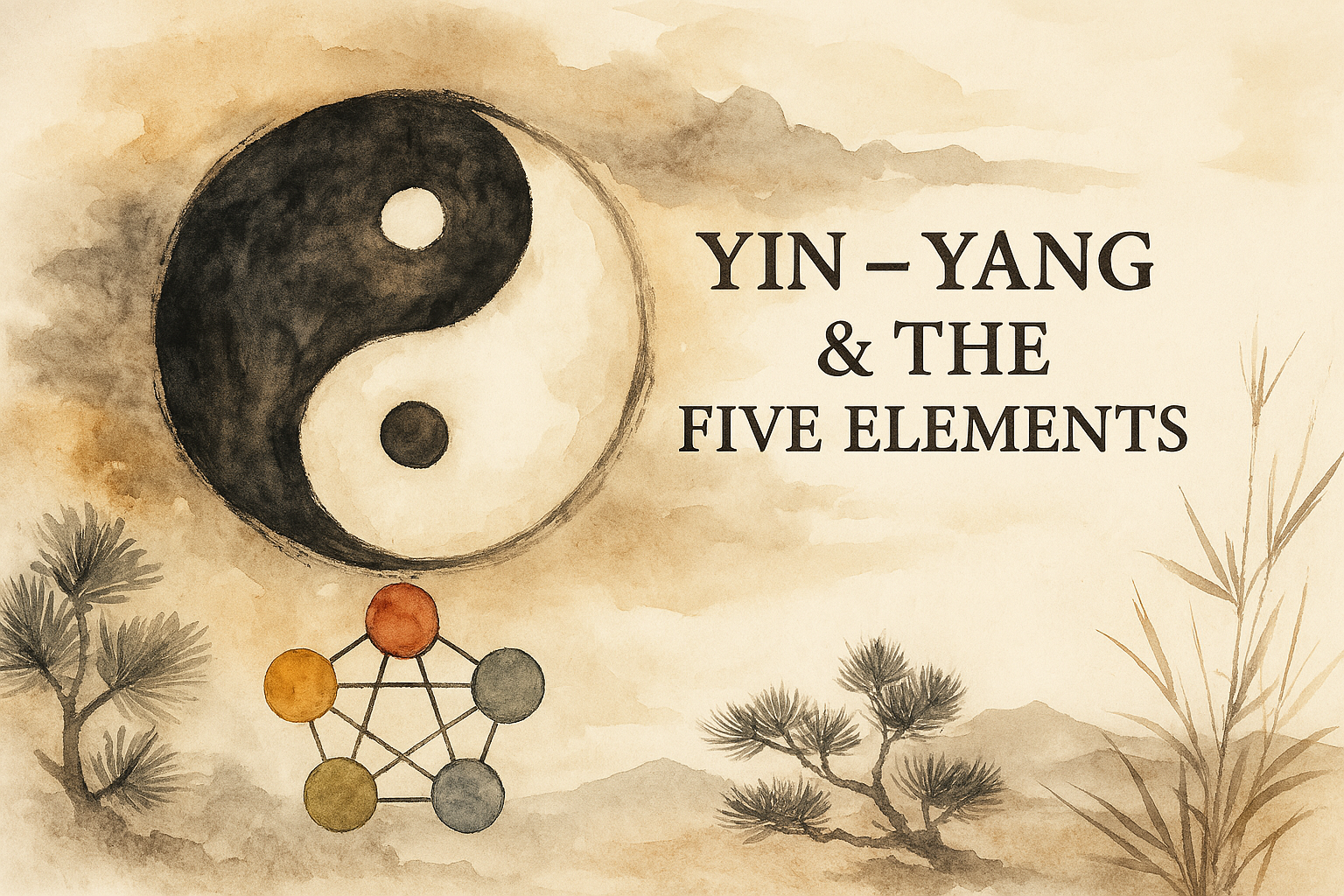Introduction
Yin-Yang and the Five Elements (Wu Xing) are fundamental philosophical concepts that form the theoretical foundation of Traditional Chinese Medicine (TCM). These ancient frameworks are not merely metaphysical ideas but practical tools used to understand the body, diagnose illness, and guide treatment.
Yin-Yang Theory: The Balance of Opposites
The concept of Yin and Yang describes how seemingly opposite forces are interconnected and interdependent in the natural world. Yin is associated with qualities such as cold, darkness, stillness, and inward movement, while Yang represents heat, light, activity, and outward movement.
In TCM, health is viewed as a dynamic balance between Yin and Yang within the body. When this equilibrium is disrupted—whether by lifestyle, emotional factors, diet, or external influences—disease can occur. For example, insomnia may be viewed as an excess of Yang (activity) and a deficiency of Yin (rest), while fatigue might be seen as a Yin deficiency unable to nourish the Yang energy.
The Five Elements (Wu Xing): A Cyclical Model of Life
The Five Elements—Wood, Fire, Earth, Metal, and Water—are not literal substances, but symbolic categories that represent qualities of nature and their dynamic relationships. Each element is associated with specific organs, emotions, seasons, colors, and sensory experiences:
- Wood: Liver and Gallbladder, anger, spring, green, eyes
- Fire: Heart and Small Intestine, joy, summer, red, tongue
- Earth: Spleen and Stomach, worry, late summer, yellow, mouth
- Metal: Lungs and Large Intestine, grief, autumn, white, nose
- Water: Kidneys and Bladder, fear, winter, black, ears
The Five Elements interact in two primary ways:
- Generating Cycle (Sheng): Wood → Fire → Earth → Metal → Water → Wood (a nourishing flow)
- Controlling Cycle (Ke): Wood → Earth → Water → Fire → Metal → Wood (a regulating force)
Understanding these interactions helps practitioners diagnose patterns of imbalance. For example, excessive Wood energy (like unchecked anger or Liver overactivity) can disrupt Earth (affecting the Spleen and digestion). Treatment may then involve harmonizing the Liver and strengthening the Spleen.
Yin-Yang and Five Elements in Diagnosis and Treatment
In clinical practice, TCM physicians assess Yin-Yang and Five Element imbalances through observation, pulse diagnosis, tongue inspection, and patient history. Treatment strategies—whether through acupuncture, herbal medicine, Qigong, or dietary therapy—are then tailored to restore systemic harmony.
For instance, if a patient presents with a dry cough and pale complexion in autumn, the practitioner may identify a Metal (Lung) deficiency. Supporting the Metal element and its generating parent (Earth) would be central to the treatment plan.
Modern Relevance and Integration
While rooted in ancient thought, Yin-Yang and the Five Elements remain relevant today. These models offer a holistic lens for understanding not only physical symptoms but also emotional and environmental influences on health. Increasingly, integrative practitioners and researchers explore how these concepts can coexist with modern medical science, enriching personalized care.
Conclusion
Yin-Yang and the Five Elements are not static doctrines, but living philosophies that help us understand the dynamic, interconnected nature of the body and the world. By observing these natural rhythms and maintaining internal balance, Traditional Chinese Medicine offers a timeless path toward holistic health and harmony.


发表回复